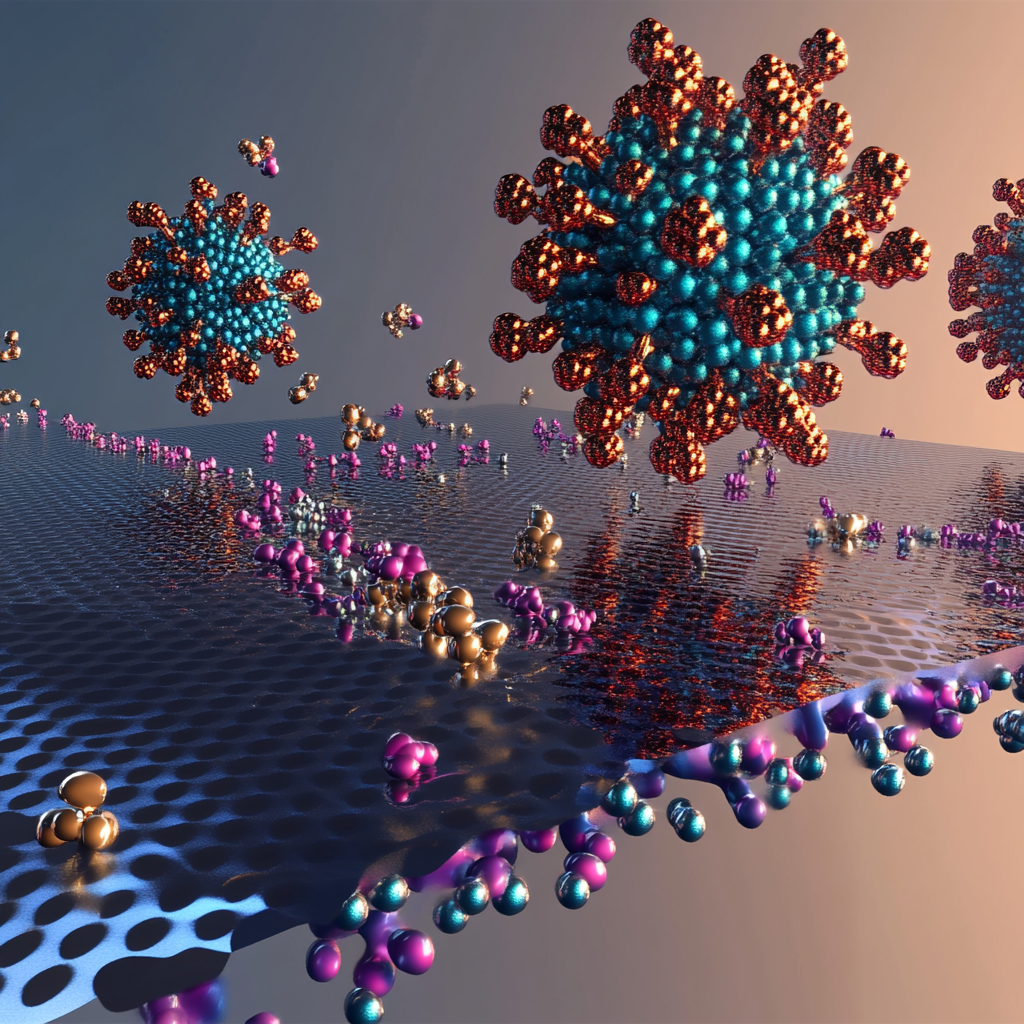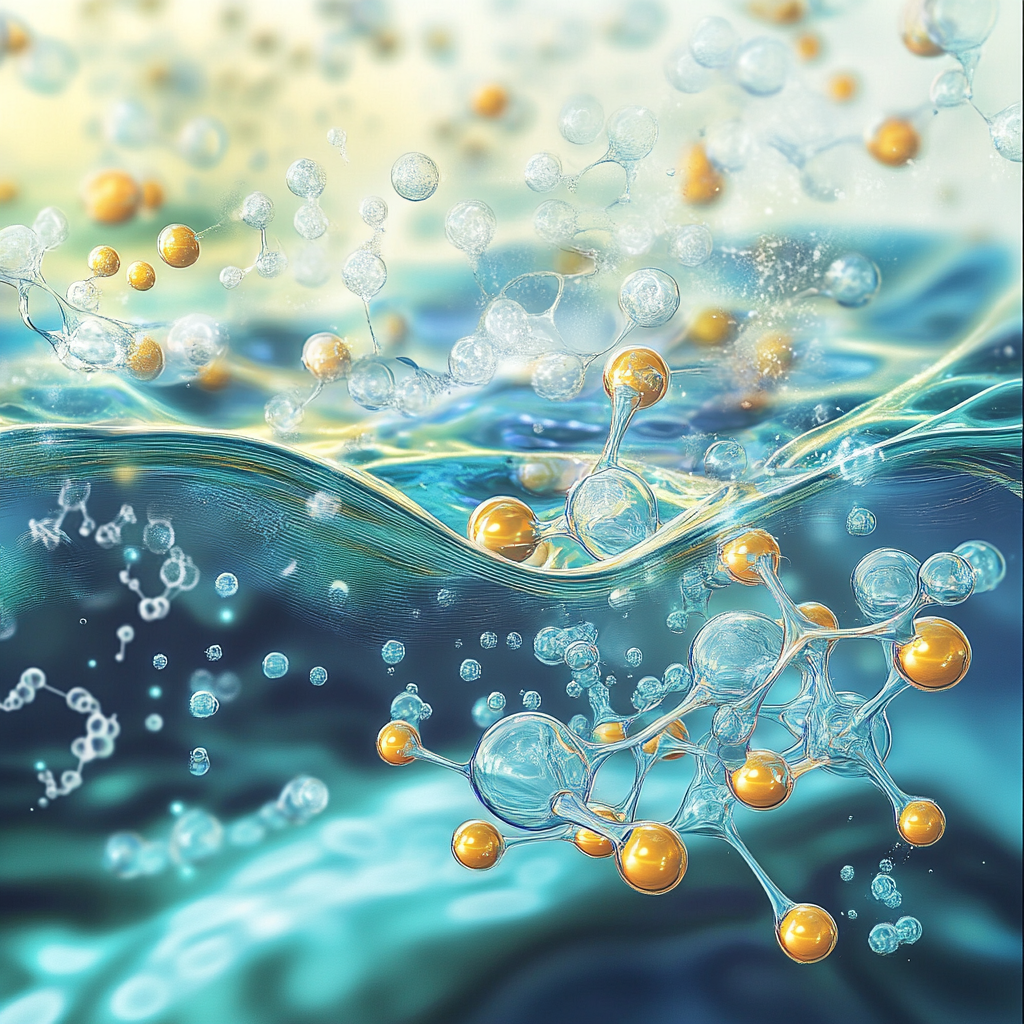H2 Diffusion in Caprock
A suitable option for Underground Hydrogen Storage (UHS) is aquifers composed of porous and permeable media. However, the successful execution and long-term safety of the UHS process require further understanding of hydrogen transport behavior in the pathway of caprock to eliminate the possibility of hydrogen leakage. In this regard, we employ Molecular Dynamics simulation to predict the hydrogen diffusion coefficient in five different water-saturated clay minerals, major components of caprock, and to assess the effects of clay mineral characteristics in terms of pore size (1–8 nm), layer charge distribution (octahedral sheet and tetrahedral sheets), and counterion type (Na+ and Ca2+) on hydrogen diffusion. The results show that the diffusion of hydrogen in negatively charged water-saturated clay minerals significantly increases for pore size increments of less than 2 nm (critical pore size) based on layer charge distribution and interlayer cations. However, no considerable changes in the hydrogen diffusion coefficients are observed for pore sizes larger than 2 nm. While the hydrogen diffusion coefficient in pyrophyllite (no charge, no interlayer cation) experiences a monotonous rise as pore size increases. Our findings in this study assist in better experimental test design to examine the possibility of leakage in actual field implementation by focusing on the clay mineral characteristics.
Authors:
Mehdi Ghasemi, Sina Omrani, Saeed Mahmoodpour, Tianhang ZhouJournal:
International Journal of Hydrogen EnergyDate:
July 12, 2022
Category:





